
Innovative Gabion Designs for Modern Architecture: Aesthetic and Functional Solutions
Gabions, traditionally known for their utility in erosion control and civil engineering, have evolved into a prominent feature in modern architecture. These wire mesh cages filled with rock or other materials offer an innovative approach to construction, seamlessly blending aesthetic appeal with practical functionality. This blog explores unique gabion designs that highlight their versatility in contemporary architectural projects.
-
- Architectural Gabion Walls:
One of the most striking uses of gabions in architecture is as structural walls. Architectural gabion walls can be designed in various sizes and shapes, allowing architects to create visually stunning facades. These walls not only provide structural integrity but also serve as excellent noise barriers, making them ideal for urban environments. The filling material can vary from natural stones to colored aggregates, enabling customization to match the surrounding landscape or building design.
For instance, a restaurant or café might use gabion walls filled with local river stones, enhancing the connection with nature while providing patrons with a rustic ambiance. The transparency of the mesh also allows for creative lighting effects, giving these walls a unique look both day and night. - Decorative Gabion Features:
Gabions can be incorporated into landscaping as decorative features. From seating areas to garden borders, gabion baskets filled with colorful pebbles or reclaimed materials can create focal points in outdoor spaces. These features add a touch of artistry to gardens and parks while remaining functional and durable.
Additionally, gabion fences have gained popularity for their unique aesthetics. Unlike traditional fencing, gabion fences can be filled with different materials such as glass, metal scraps, or even recycled plastics, contributing to sustainability while allowing for creativity in design. These fences can be designed to create privacy screens or boundary markers, enhancing the outdoor experience. - Sustainable Building Practices:
As sustainability becomes a key focus in modern architecture, gabions offer an eco-friendly alternative. Using local materials for filling reduces transportation costs and environmental impact. Furthermore, gabion structures are permeable, allowing rainwater to flow through, which helps in managing stormwater runoff and preventing erosion.
Architects can also explore green roofing solutions with gabions. By integrating gabions into green roofs, they can provide additional stability while supporting vegetation. This combination creates beautiful, biodiverse spaces that contribute to urban greening efforts and help mitigate the urban heat island effect. - Gabions in Urban Design:
Gabions have found a significant place in urban design, especially in parks and public spaces. They can be used to create terraced seating areas, planters, and retaining walls that define outdoor spaces while being visually appealing. The adaptability of gabions allows them to fit into various design themes, from rustic to modern.
Moreover, gabions can act as a canvas for art installations. Artists have begun to use gabions to showcase sculptures or installations within urban settings, turning them into engaging public art pieces that invite interaction. These installations can become landmarks, fostering community engagement and enhancing the urban environment.
- Architectural Gabion Walls:
One of the most striking uses of gabions in architecture is as structural walls. Architectural gabion walls can be designed in various sizes and shapes, allowing architects to create visually stunning facades. These walls not only provide structural integrity but also serve as excellent noise barriers, making them ideal for urban environments. The filling material can vary from natural stones to colored aggregates, enabling customization to match the surrounding landscape or building design.
Conclusion
Innovative gabion designs have transformed the way architects and designers approach construction. By blending beauty with functionality, gabions offer a multitude of creative possibilities in modern architecture. Whether used as structural elements, decorative features, or sustainable building practices, gabions continue to prove their worth in contemporary design.
As we move towards a more sustainable and visually engaging built environment, the versatility of gabions will undoubtedly play a vital role in shaping the future of architecture. By embracing these innovative solutions, architects can create spaces that are not only functional but also inspiring and beautiful.

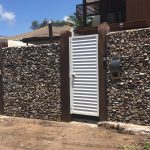
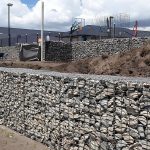
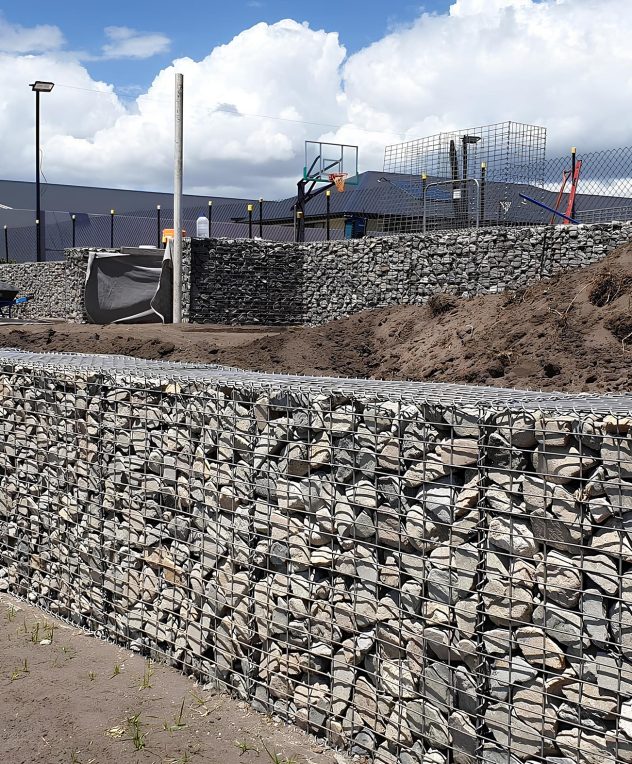
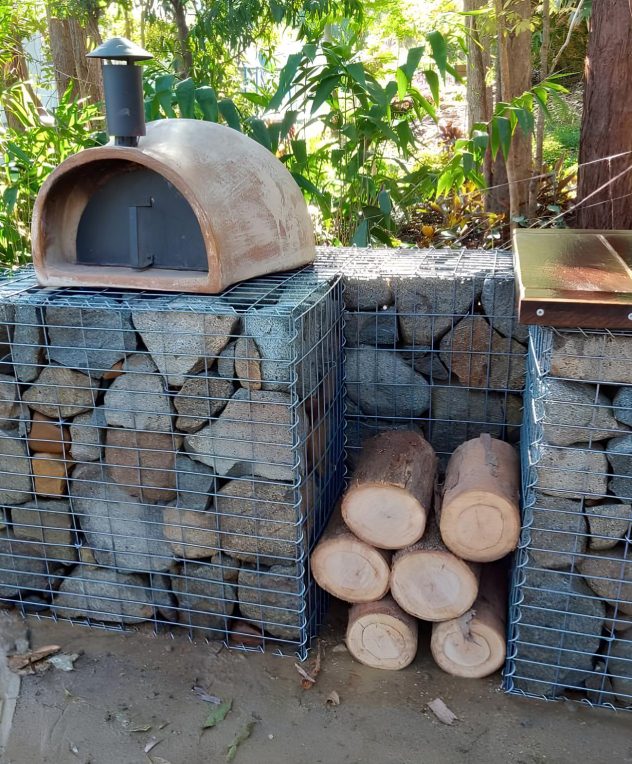
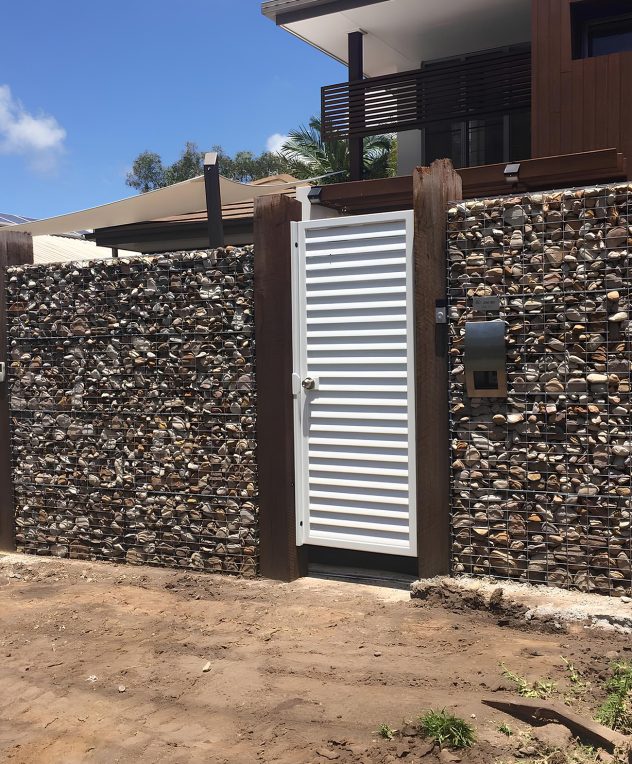
Leave a Reply